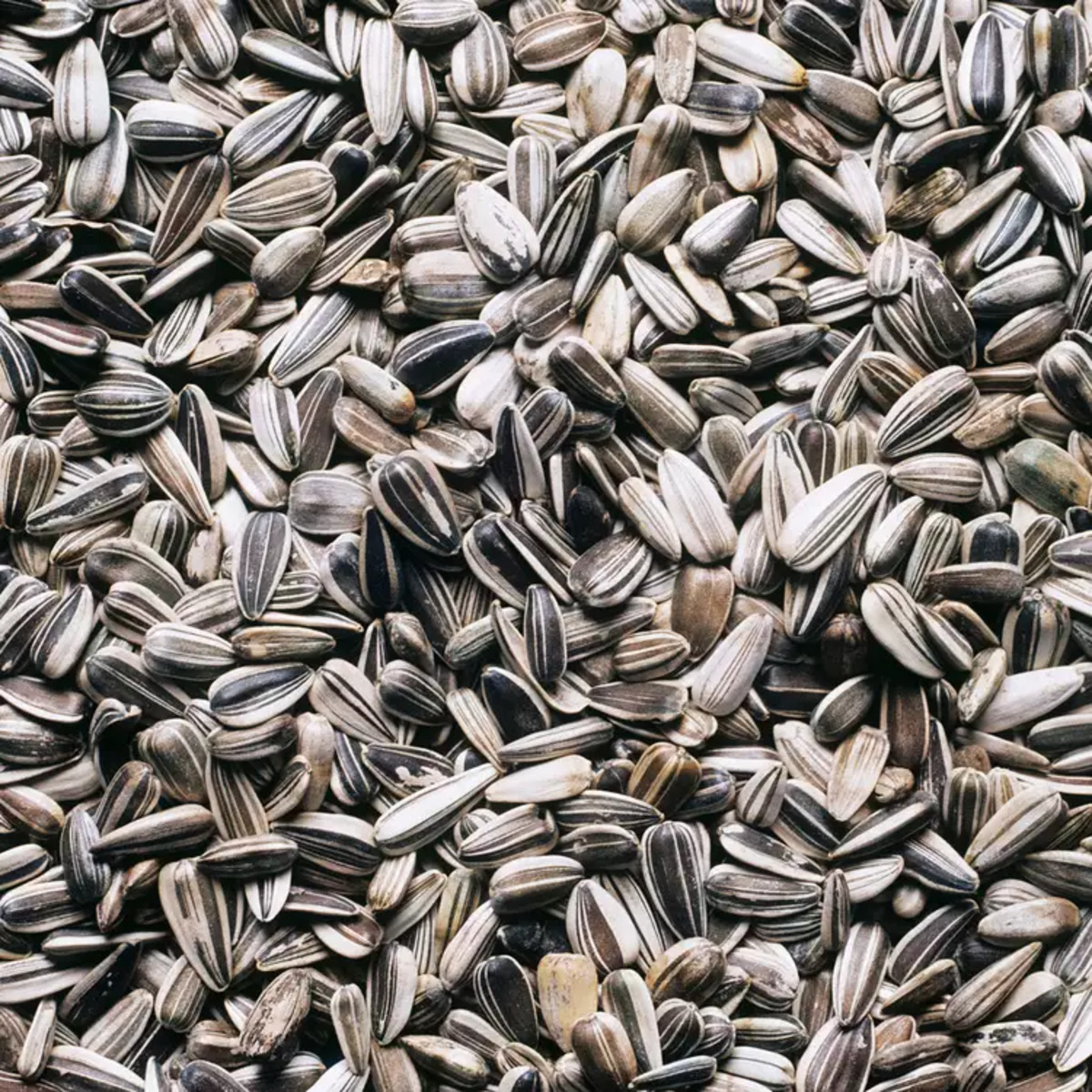The Concept of Ideal Beauty
Beauty is an ever-evolving concept that varies widely across different cultures and societies. While one country might value certain physical traits, another might have completely different standards. This article explores how the idea of the “perfect” female body changes depending on where you are in the world.
Cultural Perceptions of Beauty
The modern media often promotes a universal standard of beauty—slim waists, generous busts, and slender legs. However, this is far from a global consensus. Each culture has its unique ideals.
A Global Study on Beauty Standards
A study titled “Perceptions of Perfection Across Borders” by Superdrug Online Doctors enlisted graphic designers from 18 countries to illustrate their culture’s version of the ideal female body. The results were as diverse as you might expect, revealing a wide range of beauty standards.
What Makes the Perfect Body?
While physical traits are a significant aspect of beauty, personality traits also play a crucial role. The ideal woman is often seen as intelligent, honest, enthusiastic, funny, and loving. In some cultures, physical attributes such as clear skin, large eyes, and blonde hair are prized, while others value confidence and self-love.
Evolution of Beauty Standards
In Europe, beauty standards have shifted over time. The slim, elegant model has been a staple in media and fashion, especially in countries like France and Italy. Meanwhile, in North America, the ideal often emphasizes youth, slenderness, and firmness. However, there’s growing support for body diversity and self-acceptance.
The Impact of Media on Self-Esteem
The portrayal of perfect bodies in media can negatively impact self-esteem, pushing people to chase unrealistic and potentially harmful beauty standards. Recognizing the diversity of body types and celebrating individuality is crucial.
Historical Perspectives on Beauty
In ancient Greece, beauty was often depicted in art and literature, showcasing women with harmonious proportions and smooth skin. The statue of Venus de Milo is a classic example, representing the ancient Greek ideals of symmetry, harmony, and grace.
The Modern Ideal
Today’s beauty standards are still influenced by media, advertising, celebrities, and cultural norms. However, the most important takeaway is that beauty is subjective. The idea of the “perfect” body is not fixed and varies across time, cultures, and individual preferences.
Conclusion
While societal standards of beauty exist, they are diverse and constantly changing. Embracing one’s unique features and fostering self-confidence is essential. The concept of an ideal body should be inclusive, respecting and celebrating the variety of forms and appearances that people naturally have.

